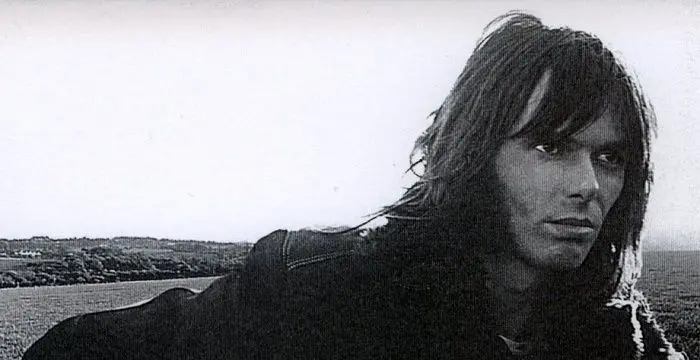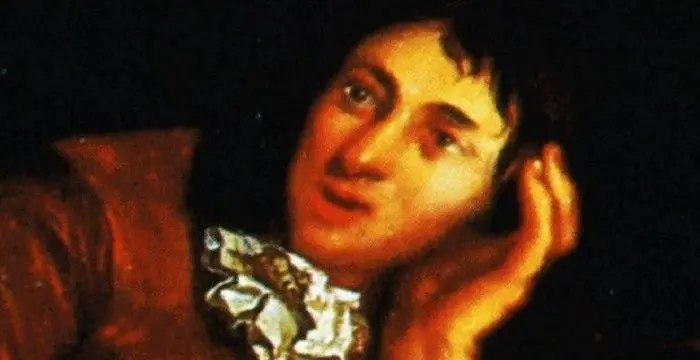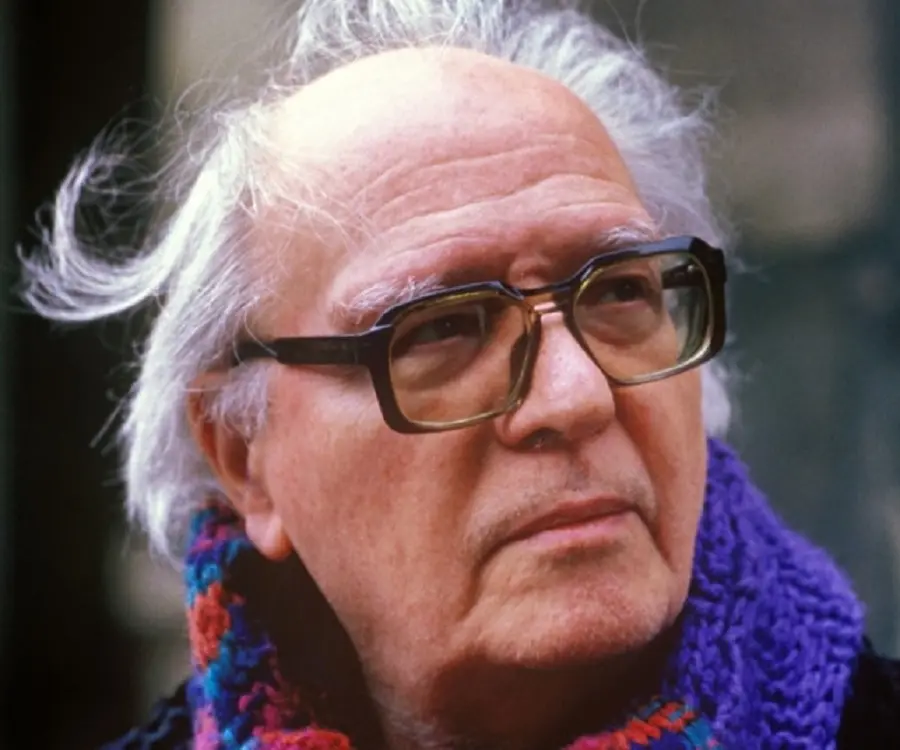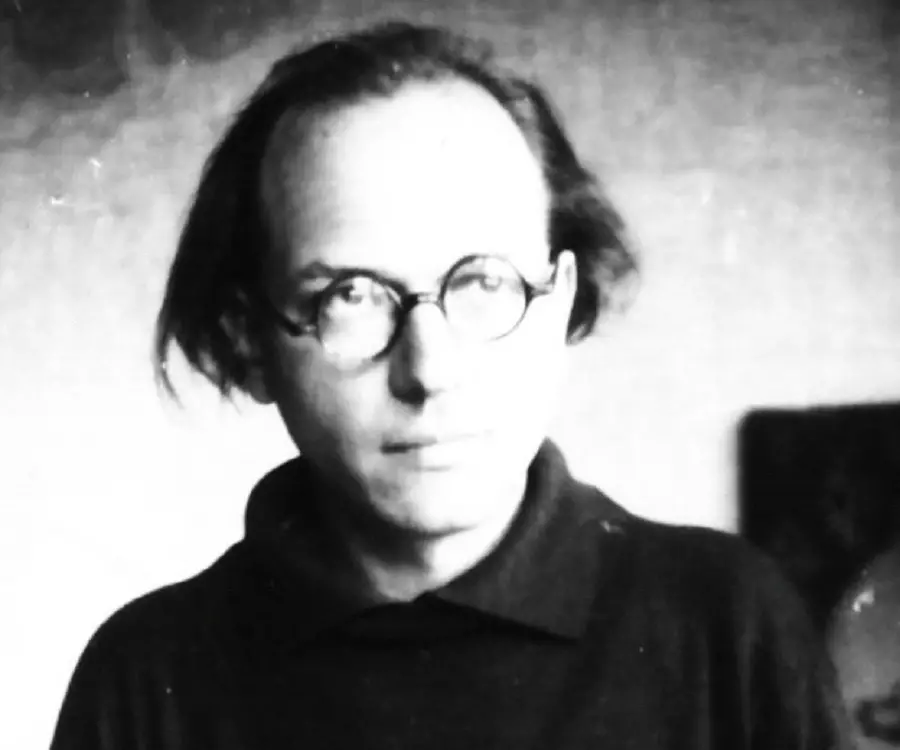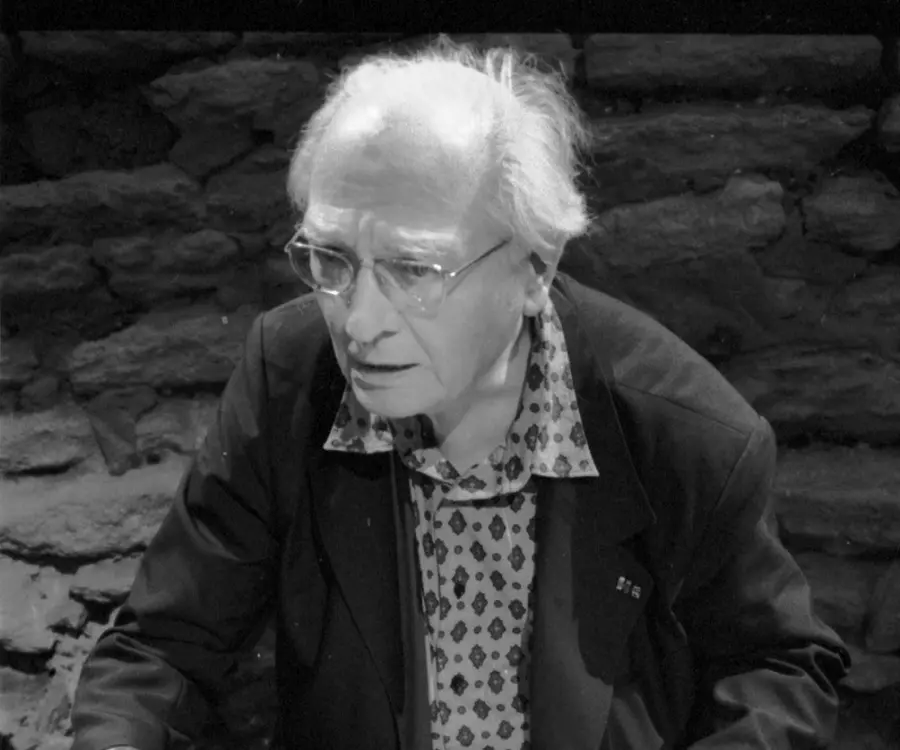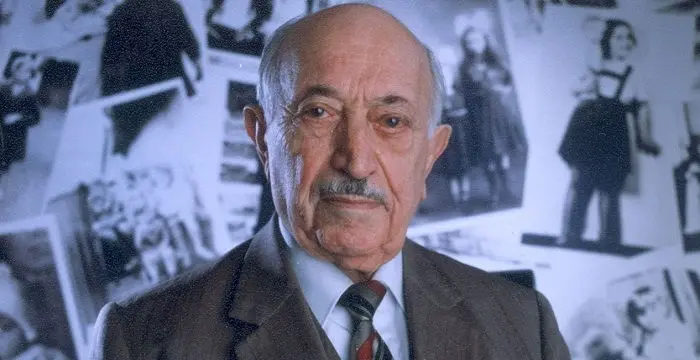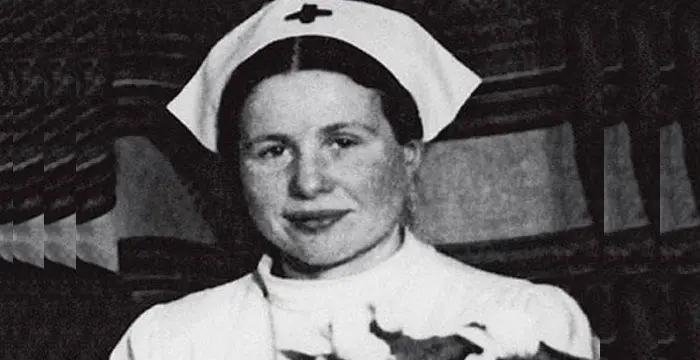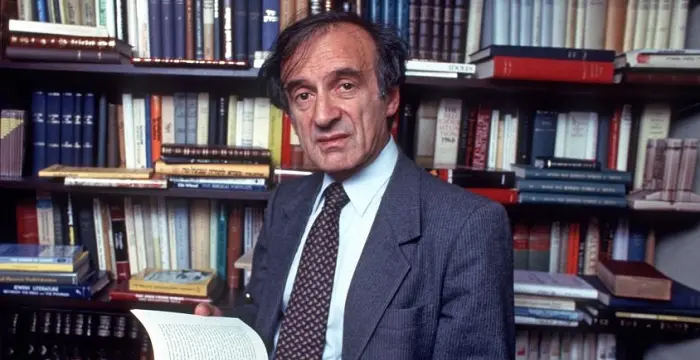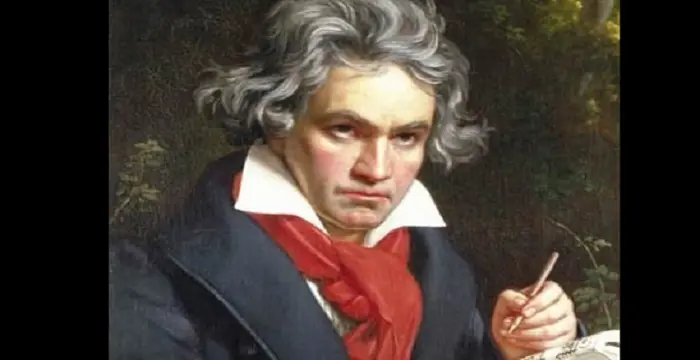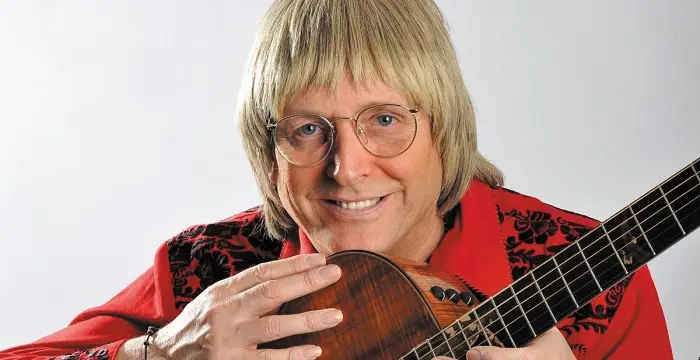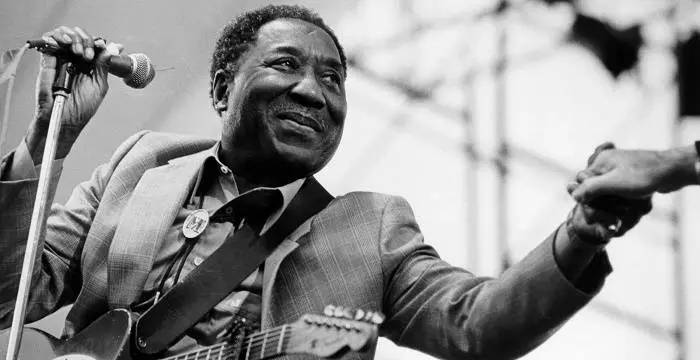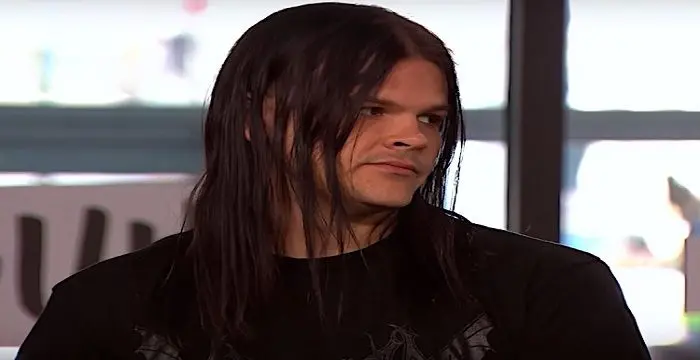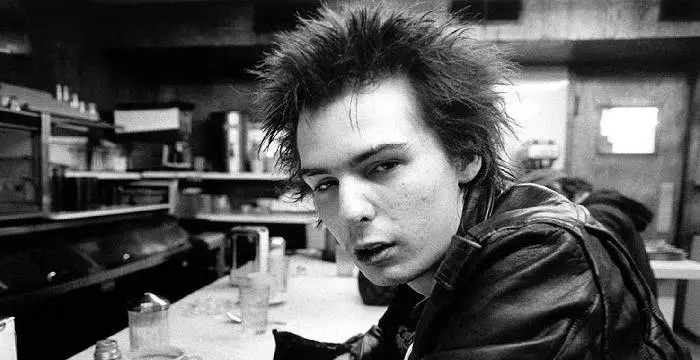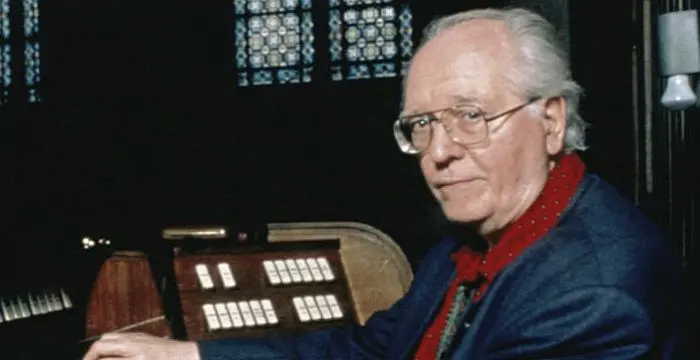
Olivier Messiaen - Organist, Facts and Family
Olivier Messiaen's Personal Details
Olivier Messiaen is a renowned French composer and organist
| Information | Detail |
|---|---|
| Birthday | December 10, 1908 |
| Died on | January 1, 1970 |
| Nationality | French |
| Famous | Holocaust Survivors, Musicians, Composers, Organist |
| Spouses | Yvonne Loriod |
| Childrens | Pascal |
| Universities |
|
| Birth Place | Avignon |
| Gender | Male |
| Father | Cécile Sauvage |
| Mother | Pierre Messiaen |
| Sun Sign | Sagittarius |
| Born in | Avignon |
| Famous as | Composer, organist |
| Died at Age | 61 |
// Famous Organist
Nicky Hopkins
Nicky Hopkins was a renowned English pianist and session keyboardist. This biography provides detailed information about his childhood, life, music career, achievements and timeline.
Dieterich Buxtehude
Dieterich Buxtehude was a cardinal musician during the mid-Baroque period. Read on to know more on the childhood, life and timeline of this great organist.
Johann Pachelbel
Johann Pachelbel was a famous Baroque composer and organist. Check out this biography to know about his childhood, family life, achievements and other facts related to his life.
Olivier Messiaen's photo
Who is Olivier Messiaen?
Often acknowledged as a composer whose works show evidences of his deep loyalty towards Catholicism, exoticism and nature, Olivier Messiaen was not only a composer and organist, but was also a great teacher who inspired his students to think clearly and differently. As a composer, he expanded the classical music tradition to include the sounds of nature and world music. As a teacher, his classes in harmony and analysis attracted towards him students of the most illustrious class, which helped to take his name beyond boundaries of his native country. His impressive list of students includes the likes of Pierre Boulez, Karlheinz Stockhausen and his second wife, the keyboardist Yvonne Loriod. Messiaen can be credited for developing a unique style in which he was quite innovative in blending harmony, melody, rhythm, color and orchestration. He is also known for creating a unique musical language which is characterized by its effectiveness. Though rhythmically complex, his music harmonically and melodically, drew inspiration on modes of limited transposition, which are quite apparent in his early compositions and improvisations. Read the biography given below to learn more about him.
// Famous Holocaust Survivors
Simon Wiesenthal
Simon Wiesenthal was an Austrian writer and a famous Nazi hunter. This biography gives detailed information about his childhood, life, works, and timeline.
Irena Sendler
Irena Sendler was a Polish nurse who along with her network is credited to have saved the lives of 2,500 Jewish children during the Holocaust. .
Elie Wiesel
Elie Wiesel is a Jewish Writer who has authored more than fifty books including, the best-known “Night”. To know more about the childhood, life and timeline of Elie Wiesel, read the brief biography and profile of Elie Wiesel.
Biography detail
Olivier Messiaen’s Childhood And Early Life
Olivier Eugene Prosper Charles Messiaen was born on 10 December 1908, in Avignon, in France, in a very literary family. He was the elder of two children of Cecile Sauvage, who was a poet and Pierre Messiaen, who was an English teacher who had translated the plays of William Shakespeare into French. Messiaen’s mother composed a sequence of poems such as ‘The Budding Soul’ and ‘As the Earth Turns’, in which the last chapter addresses her unborn son. Messiaen later said that these sequences of poems had a profound influence on him, which he regarded as predictive of his future career.
After the World War I broke out, Messiaen’s father was sent to the war. So, Cecile took Olivier and his brother to stay with her brother in Grenoble. There, Messiaen was attracted to drama and often recited the compositions of Shakespeare to his brother with the help of a homemade toy theatre with transparent backdrops made out of cellophane wrappers. During this period, he also adopted the Roman Catholic faith. Later in life, Messiaen felt more at home in the Alps of Dauphine, so, he built a house in the south of Grenoble and composed most of his music there.
As a child, he took lessons in piano. His subjects of interest included the music of French composers like Claude Debussy and Maurice Ravel. During this time, he also started to compose on his own. In 1918, after his father returned from the war, his family moved to Nantes. He continued taking music lessons and one of his tutors, Jehan de Gibon, gave him a score of Debussy’s opera ‘Pelléas et Mélisande’. Messiaen regarded it as a ‘thunderbolt’ and credited it for having a great influence on him. In the next year, his father, Pierre Messiaen got a teaching post in Paris and Messiaen joined the Paris Conservatoire in 1919, at the age of 11.
In the Conservatoire, Messiaen’s academic progress was amazing. In 1924, at the age of 15, he was awarded the second prize in harmony. Two years later, he received his first prize in counterpoint and fugue and in 1927, got the first prize in piano accompaniment. The following year, he was also awarded the first prize in the history of music after studying with Maurice Emmanuel. The association with Emmanuel kindled in him an interest in ancient Greek rhythms and exotic modes. He also won the first prize in playing organ and improvisation in 1929. After a year studying composition with Charles Marie Widor, he took lessons from Paul Dukas, who kindled an interest in orchestration and made him a master of that art. In 1930, Messiaen won the first prize in composition.
As a student, Messiaen composed his first published works—eight preludes for piano, which showed his use of modes of limited transposition and palindromic rhythms or non-retrogradable rhythms, as he liked to describe it. In 1931, he had his public debut with his orchestral suite, ‘Les Offrandes Oubliees’. It was in that year that he heard the gamelan group, a musical ensemble from Indonesia, for the first time, which interested him so much as to use tuned percussion.
Career
In 1927, Messiaen joined Marcel Dupré’s organ course. From 1929, Messiaen regularly went as a deputation for the organist Charles Quef, who was ill at that time, at the Église de la Sainte-Trinité, Paris. In 1931, when Quef passed away, Messiaen’s candidacy was supported by the rest of the people in the troupe. So, in that year, he was made a permanent organist in Église de la Sainte-Trinité, where he remained for more than six decades.
In 1936, along with Andre Jolivet, Daniel Lesur and Yves Baudrier, Messiaen formed a group called the ‘La Jeune France’ (Young France). Their policy was to attack the frivolity which was predominant in contemporary Parisian music.
When World War II started, Messiaen was inducted into the French Army but he was enlisted as a medical auxiliary rather than an active combatant, due to his poor eye sight. In 1940, he was captured and taken as a prisoner to Gorlitz and was imprisoned at Stalag VIII-A. Among his fellow prisoners, there was a violinist, a cellist and a clarinetist. He composed a trio for them and later incorporated this work into his ‘Quatuor pour la fin du temps’ (Quartet for the End of Time). In January 1941, the quartet was performed to an audience of prisoners and prison guards, with the composer playing the poorly maintained piano in bitter freezing conditions. Thus, an otherwise enforced concentration camp life gave birth to an acknowledged masterpiece of the 20th century European classical music. The phrase ‘end of time’ in the work refers to apocalypse and also to the way he made use of time in a completely different manner from his contemporaries and predecessors.
After his release in May 1941, Messiaen was appointed as a professor in harmony at the Paris Conservatoire where he worked until his retirement in 1978. He compiled his ‘Technique de mon langage musical’ (‘Technique of my musical language’) in 1944, in which he included many examples from his music. Even though he was only in his mid thirties, he was an outstanding teacher to his students, who encouraged his pupils to find their own voice. He never imposed his own views and ideas on his students.
In 1943, he composed the ‘Visions de l’Amen’ (Visions of the Amen) and also wrote the ‘Trois petites liturgies de la présence divine’ (‘Three small liturgies of the Divine Presence’). He also wrote ‘Trois petites liturgies de la présence divine’ for female chorus and orchestra, which included a difficult solo piano part. In this way, Messiaen continued to bring liturgical subjects to the piano recital and concert hall.
Messiaen took an analysis class at the Paris Conservatoire, and in 1947, he taught in Budapest and at Tanglewood in 1949. In 1949 and 1950 he taught in the new music summer school classes at Darmstadt. In 1952, Messiaen was asked to give a test piece for flautists who wished to enter the Paris Conservatoire and penned the piece ‘Le merle noir’ for flute and piano. He was already fascinated by nature and birdsong, having included such themes in his works as in the case of ‘La Nativité,’ ‘Quatuor’ and ‘Vingt regards’. This flute piece was based entirely on the song of the blackbird.
In 1971, he was asked to compose a work for the Paris Opera. Though reluctant, he was later persuaded to undertake the project in 1975 and started working on ‘Saint-Francois d’Assise’. It was an intensive composition, which kept him engaged from 1975-1979. He preferred to describe the work as a ‘spectacle’ rather than an opera. It was first performed in 1983. There were some people who thought that the opera would be his farewell, however he continued to compose. In 1984, he published a major collection of organ pieces such as ‘Livre du Saint Sacrement’ and other works including birdsong pieces for solo piano and works for piano with orchestra.
In 1978, Messiaen retired from teaching from the Conservatoire. He was honored with the highest rank of the Légion d'honneur, the Grand-Croix, in 1987. Due to a surgery, he could not attend the celebration of his 70th birthday in 1978 but ten years later the composer attended the celebration of his 80th birthday, which included performances in London's Royal Festival Hall of St. François and Erato's publication of a seventeen-CD collection of Messiaen's music including recordings by Loriod and a disc in which the composer engages in a conversation with Claude Samuel.
Even when in pain, due to excessive surgeries, he fulfilled a commission from the New York Philharmonic Orchestra in the last phase of his life. The work was premièred six months after his death.
Personal Life
In 1932, he married the violinist and composer Claire Delbos. ‘Mi’ was the affectionate name in which hecalled his wife. The marriage inspired him to compose works specifically for her to play. In 1937, their first son Pascal was born. But the happiness was short lived as Delbos lost her memory after an operation and spent the rest of her life in a mental asylum. In 1959, his first wife passed away due to prolonged illness and he married the pianist Yvonne Loriod two years later. After his second marriage, he started travelling widely, attending musical events and seeking out and transcribing songs of exotic birds. Loriod assisted her husband in his studies of birdsong while travelling along with him. He died in Clichy-la-Garenne in France in 1992.
Contributions
Oliver Messiaen composed numerous works on which his fame lives even today. Some of his works are ‘Forgotten Offertories’ (1931), the ‘Birth of the Lord’ (1938), ‘Quartet for the End of Time’ (1941), ‘Apparition of the Eternal Church’ (1932), ‘Twenty Looks upon the Infant Jesus’ (1944), ‘The Awakening of the Birds’ (1953), ‘Exotic Birds’ (1956), ‘Catalog of Birds’ (1959) and ‘Technique of My Musical Language’ (1944).
Awards And Accolades
- Nominated as an Officer of the Légion d'honneur, 1959
- Member of the Institut de France, 1967
- Calouste Gulbenkian Prize, 1969
- Erasmus Award, 1971
- Ernest von Siemens Award, 1975
- Associate Member of the Royal Academy of Science, Literature and Art of Belgium, 1975
- Gold Medal of the Royal Philharmonic Society, 1975
- The White Cliffs in Utah was renamed Mount Messiaen, 1978
- Presentation of the Croix de Commander of the Belgian Order of the Crown, 1980
- Wolf Foundation of the Arts Prize (Jerusalem), 1983
- Inamori Foundation Prize, 1985
- Awarded the highest rank, Grand-Croix, of the Légion d'honneur, 1985
- Primio Internazionale Paolo VI 1988 and 1989
// Famous Composers
Ludwig van Beethoven
Ludwig Van Beethoven was one of the greatest composers the world has ever had. Check out this biography to know about his childhood, family life, and achievements.
Emina Jahović
Emina Jahović Sandal is a Serbian model, actress and singer-songwriter. Know more about her childhood, life, career, achievements and timeline in this biography.
John Denver
John Denver, a famous American singer-songwriter and activist, is remembered for songs like Take Me Home, Country Roads and Annie's Song. To know more about his childhood, career, profile and timeline read on
Olivier Messiaen's awards
| Year | Name | Award |
|---|---|---|
Other | ||
| 0 | 1971 - Erasmus Prize | |
| 0 | 1982 - Wolf Prize | |
// Famous Musicians
Ted Nugent
Ted Nugent is a hard rock musician known for his hits ‘Stranglehold’ and ‘Cat Scratch Fever’. This biography of Ted Nugent provides detailed information about his childhood, life, achievements, works & timeline.
Muddy Waters
Muddy Waters was a blues musician referred to as the 'father of modern Chicago blues.' Check out this biography to know about his childhood, family life, achievements and fun facts about him.
Travis Bacon
Travis Bacon is an American musician and actor, better known as the son of veteran actors Kevin Bacon and Kyra Sedgwick. Find more about his family, birthday, etc.
Andrew Taggart
Andrew Taggart is an American DJ who gained fame as one half of the famous DJ duo ‘The Chainsmokers,’ alongside Alex Pall. Let’s take a look at his childhood, family, personal life, career, achievements, etc.
Mike Love
One of the famous members of ‘The Beach Boys’, Mike Love is an American singer, musician and lyricist. Check out this biography to get more detailed information on his life.
Sid Vicious
Sid Vicious was an English musician known for his work with the band ‘Sex Pistols’. Check out this biography to know about his childhood, family life, achievements and fun facts about him.
Olivier Messiaen's FAQ
What is Olivier Messiaen birthday?
Olivier Messiaen was born at 1908-12-10
When was Olivier Messiaen died?
Olivier Messiaen was died at 1970-01-01
Where was Olivier Messiaen died?
Olivier Messiaen was died in Clichy
Which age was Olivier Messiaen died?
Olivier Messiaen was died at age 61
Where is Olivier Messiaen's birth place?
Olivier Messiaen was born in Avignon
What is Olivier Messiaen nationalities?
Olivier Messiaen's nationalities is French
Who is Olivier Messiaen spouses?
Olivier Messiaen's spouses is Yvonne Loriod
Who is Olivier Messiaen childrens?
Olivier Messiaen's childrens is Pascal
What was Olivier Messiaen universities?
Olivier Messiaen studied at Conservatoire de Paris
Who is Olivier Messiaen's father?
Olivier Messiaen's father is Cécile Sauvage
Who is Olivier Messiaen's mother?
Olivier Messiaen's mother is Pierre Messiaen
What is Olivier Messiaen's sun sign?
Olivier Messiaen is Sagittarius
How famous is Olivier Messiaen?
Olivier Messiaen is famouse as Composer, organist
